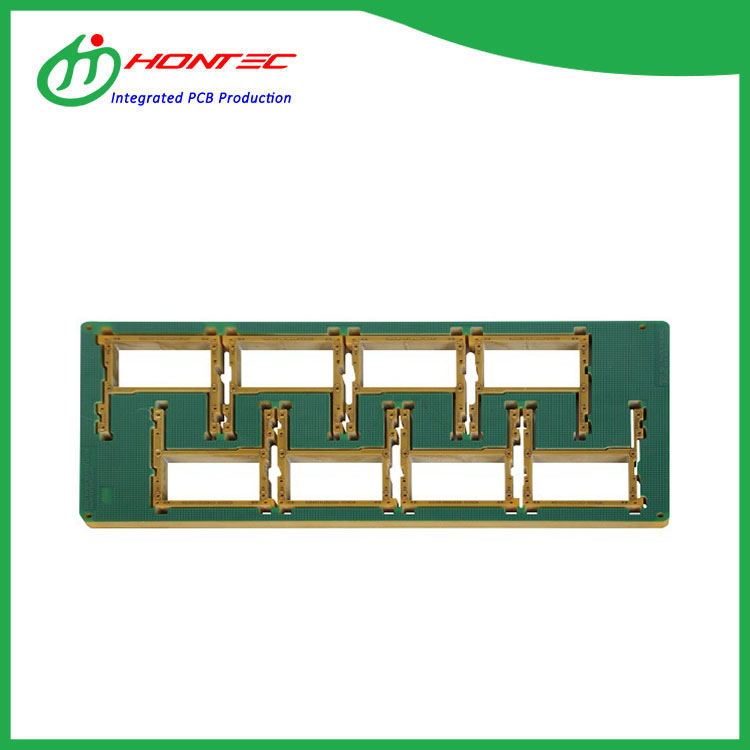What is a multilayer board?
2023-10-17
A multilayer board, also known as a multilayer printed circuit board (PCB), is a type of circuit board that consists of multiple layers of conductive traces and insulating material stacked together. Unlike single-layer or double-layer PCBs, which have conductive traces and components on only one or two layers, multilayer boards provide increased complexity and higher component density.
Here are some key aspects of multilayer boards:
1. Layer Structure: Multilayer boards are constructed by sandwiching multiple layers of conductive material (typically copper) between layers of insulating material (often referred to as prepreg). The layers are bonded together under heat and pressure, forming a solid and rigid structure.
2. Conductive Traces: The conductive traces, also known as interconnects or signal traces, are patterned on each layer of the multilayer board. These traces serve as pathways for electrical signals to travel between different components, connectors, and areas of the board. The traces can be interconnected using vias, which are conductive pathways that pass through the layers, providing vertical connectivity.
3. Power and Ground Planes: Multilayer boards commonly include power and ground planes. These are large areas of copper that provide a stable power supply and low impedance ground reference for the circuit. Power and ground planes help to reduce noise, improve signal integrity, and distribute power more efficiently throughout the board.
4. Component Placement: Multilayer boards offer greater flexibility in component placement compared to single-layer or double-layer boards. With multiple layers, components can be placed on both sides of the board and in between the layers, allowing for a higher component density and more complex circuit designs.
5. Signal Isolation: The multiple layers in a multilayer board provide better signal isolation and reduce the chances of signal interference or crosstalk. Signal traces and sensitive circuitry can be placed on separate layers, with ground planes or insulating material acting as a barrier between them, minimizing electromagnetic interference (EMI) and maintaining signal integrity.
6. Design Complexity: Multilayer boards are often used in applications that require higher complexity, such as advanced electronic devices, high-speed digital systems, and densely populated circuits. They offer greater design flexibility, allowing for more sophisticated circuitry, increased functionality, and improved performance.
Multilayer boards are widely used in various industries, including telecommunications, consumer electronics, automotive, aerospace, medical devices, and industrial equipment. They are suitable for applications that require high-density interconnects, signal integrity, impedance control, and miniaturization.
Designing and manufacturing multilayer boards require specialized expertise and sophisticated design software. The fabrication process involves precise layer alignment, etching of conductive traces, drilling of vias, lamination of layers, and other processes to ensure the proper functioning of the board.
It's important to note that the number of layers in a multilayer board can vary, ranging from 4 to over 30 or more, depending on the complexity and requirements of the circuit design.



